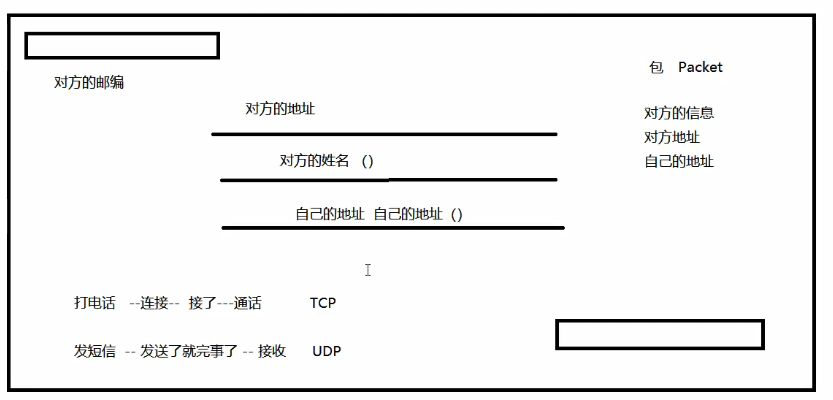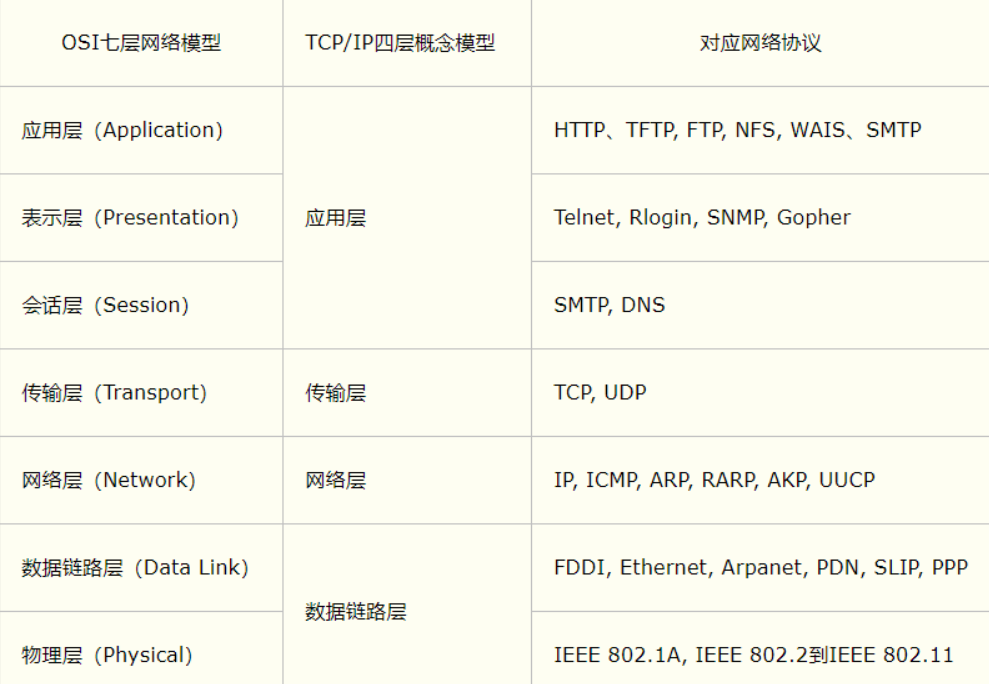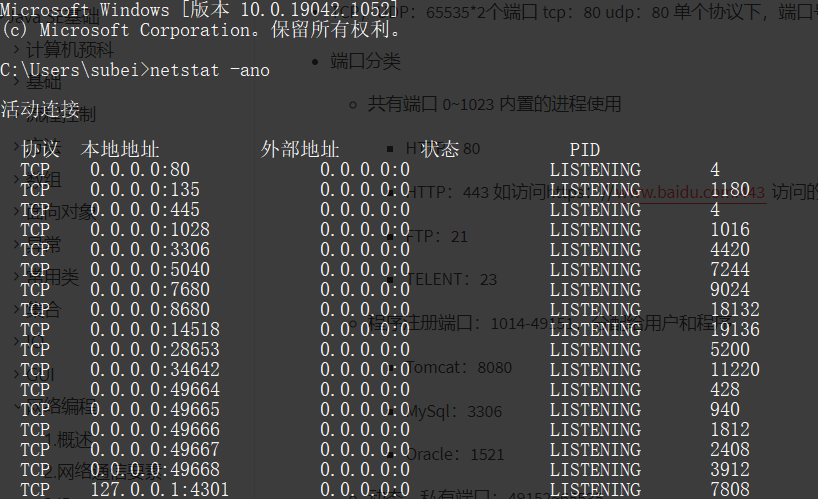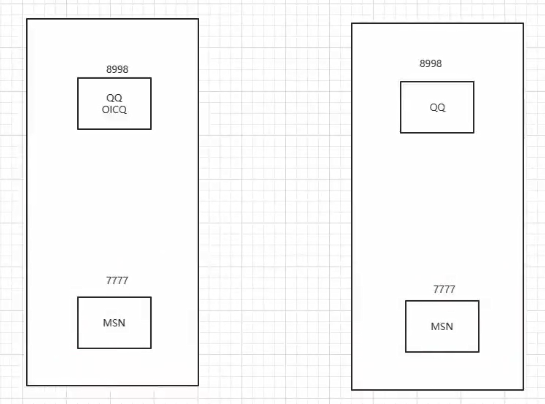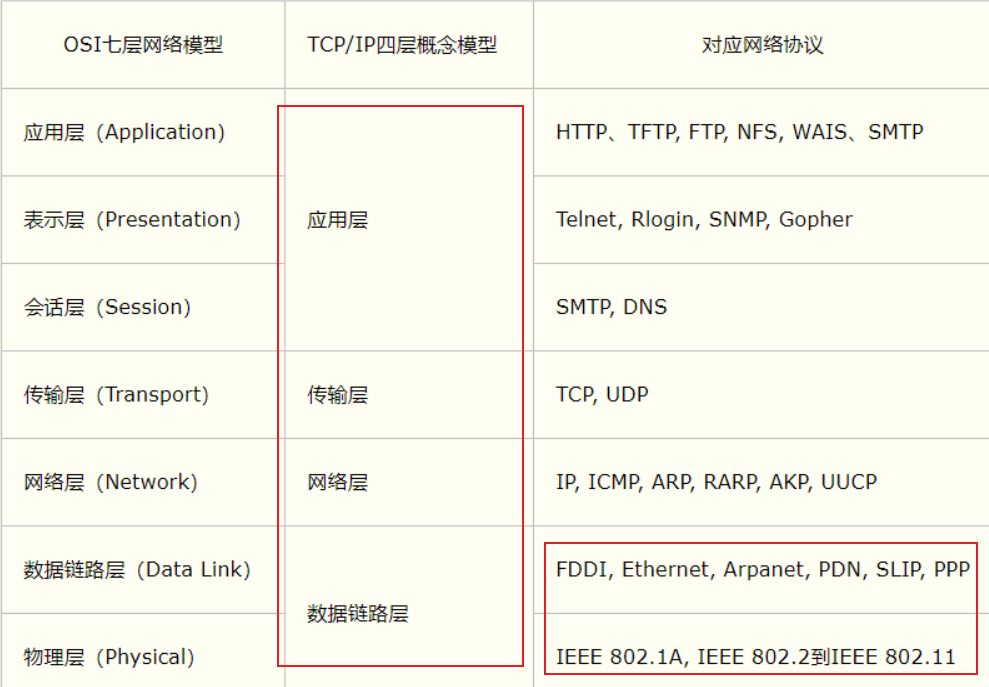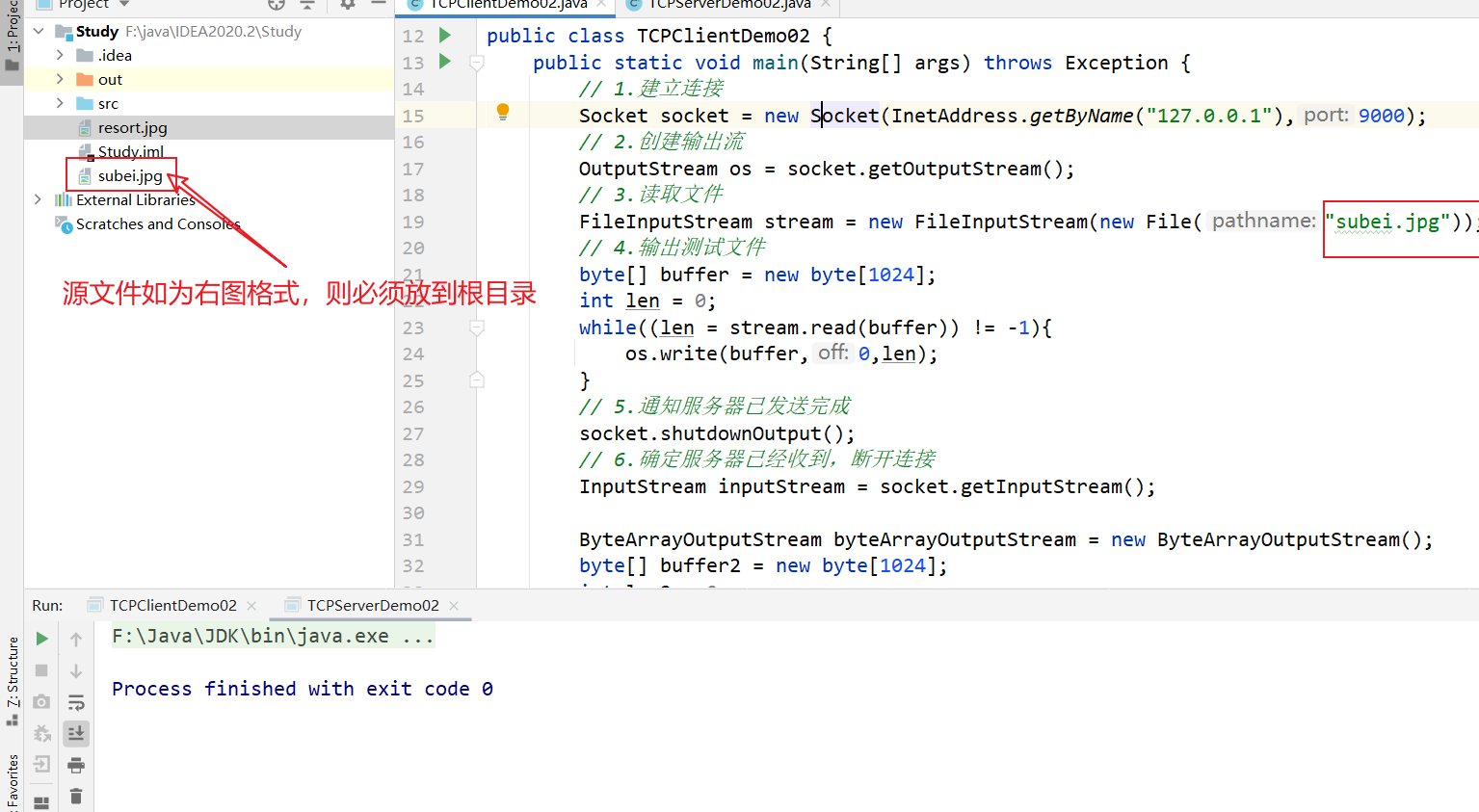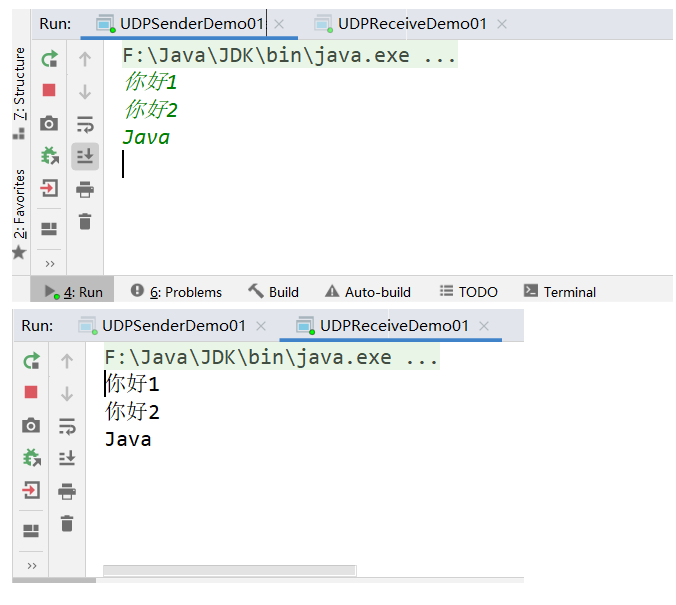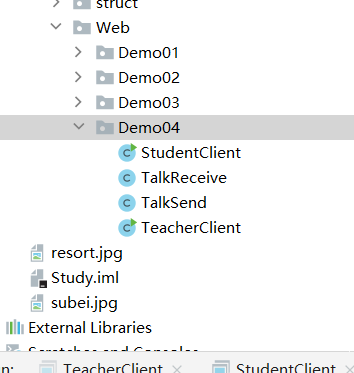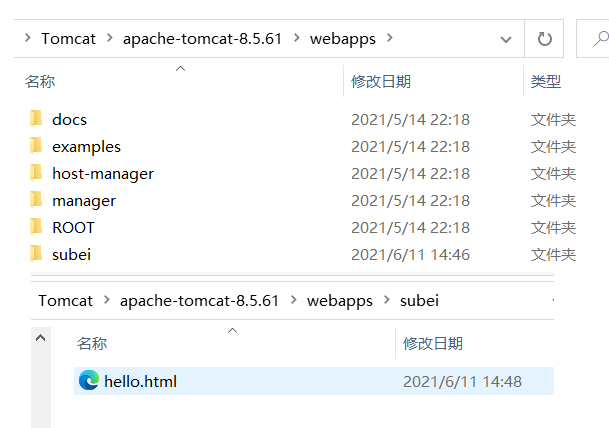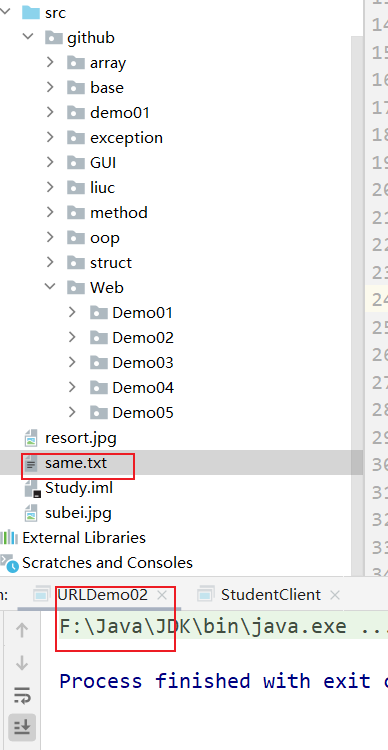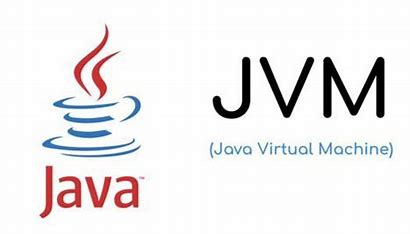网络编程 1.概述 邮件:
计算机网络: 计算机网络是指将地理 位置不同的具有独立功能的多台计算机 及其外部设备,通过通信线路连接起来,在网络操作系统 ,网络管理软件 及网络通信协议 的管理和协调下,实现资源共享 和信息传递的计算机系统。 网络编程的目的:无线电台…传播交流信息,数据交换,通信。 想要达到这个效果需要什么: 如何让准确的定位网络上的一台主机 192.168.16.124:端口, 定位上这个计算机上的某个资源。 找到了这个主机,如何传输数据呢? Javaweb:网页编程 、 B/S架构 网络编程:TCP/IP 、 C/S 2.网络通信要素 如何实现网络的通信?
通信双方的地址: 规则:网络通信的协议 :TCP/IP
小结:
网络编程中有两个主要的问题:如何让准确的定位到网络上的一台或多台主机; 找到主机之后如何通信; 网络编程中的要素: 万物皆对象 3.IP IP 地址:InetAddress
唯一定位一台网络上的计算机
127.0.0.1: 本机localhost
ip地址的父类
==IPV4==: 127.0.0.1 ,4个字节组成。,0255, 42亿;30亿都在北美,亚洲4亿。2011年就用尽; ==IPV6==: fe80::f0e0:7383:ad8e:f32f%3 ,128位。8个无符号整数 1 2406 :da18:ddf:4000 :67d5:b226:cad7:125b
公网(互联网)–私网(局域网)
ABCD地址
192.168.xx.xx,专门给组织内部使用。
域名:记忆IP问题!
1 2 3 4 5 6 7 8 9 10 11 12 13 14 15 16 17 18 19 20 21 22 23 24 25 26 27 28 29 30 31 32 package github.Web;import java.net.InetAddress;import java.net.UnknownHostException;public class TestInetAddress { public static void main (String[] args) { try { InetAddress inetAddress1 = InetAddress.getByName("127.0.0.1" ); System.out.println(inetAddress1); InetAddress inetAddress2 = InetAddress.getByName("localhost" ); System.out.println(inetAddress2); InetAddress inetAddress3 = InetAddress.getLocalHost(); System.out.println(inetAddress3); InetAddress inetAddress = InetAddress.getByName("www.taobao.com" ); System.out.println(inetAddress); System.out.println(inetAddress.getCanonicalHostName()); System.out.println(inetAddress.getHostAddress()); System.out.println(inetAddress.getHostName()); }catch (UnknownHostException e) { e.printStackTrace(); } } }
4.端口 1 2 3 netstat -ano #查看所有的端口 netstat -nao|findstr "7808 " #查看指定的端口 tasklist|findstr "8696 "
1 2 3 4 5 6 7 8 9 10 11 12 13 14 15 16 package github.Web;import java.net.InetSocketAddress;public class TestInetSocketAddress { public static void main (String[] args) { InetSocketAddress socketAddress = new InetSocketAddress ("127.0.0.1" , 8080 ); InetSocketAddress socketAddress2 = new InetSocketAddress ("localhost" , 8080 ); System.out.println(socketAddress); System.out.println(socketAddress2); System.out.println(socketAddress.getAddress()); System.out.println(socketAddress.getHostName()); System.out.println(socketAddress.getPort()); } }
5.通信协议 协议:约定,就好比中国人交流说的是普通话
网络通信协议: 速率,传输码率,代码结构,传输控制…
问题 :非常的复杂
大事化小:分层
TCP/IP协议簇:实际上是一组协议
重要:
出名的协议:
TCP UDP 对比
TCP:打电话
连接,稳定
三次握手,四次挥手
1 2 3 4 5 6 7 8 9 最少需要三次,保证稳定连接! A:你瞅啥? B:瞅你咋地? A:干一场 A:我要分手了 B:我知道你要分手了 B:你真的要分手吗? A:我真的要分手了
客户端、服务器
传输完成,释放连接,效率低
UDP;发短信
不连接,不稳定 客户端、服务端:没有明确的解现 不管有没有准备好,都可以发给你 DDOS:洪水攻击! 发垃圾包 堵塞线路 (饱和攻击) 6.TCP 先启动服务端,再启动客户端!!!!
客户端
1 2 3 4 5 6 7 8 9 10 11 12 13 14 15 16 17 18 19 20 21 22 23 24 25 26 27 28 29 30 31 32 33 34 35 36 37 38 39 40 41 42 43 package github.Web.Demo02;import java.io.IOException;import java.io.OutputStream;import java.net.InetAddress;import java.net.Socket;public class TCPClientDemo01 { public static void main (String[] args) { Socket accept = null ; OutputStream os = null ; try { InetAddress inetAddress = InetAddress.getByName("127.0.0.1" ); int port = 9999 ; accept = new Socket (inetAddress,port); os = accept.getOutputStream(); os.write("就这吧,什么鬼?" .getBytes()); }catch (Exception e){ e.printStackTrace(); } finally { if (os != null ){ try { os.close(); } catch (IOException e) { e.printStackTrace(); } } if (accept != null ){ try { accept.close(); } catch (IOException e) { e.printStackTrace(); } } } } }
服务器端
建立服务的端口 ServerSocket 等待的用户的连接 accept 接收用户的消息 1 2 3 4 5 6 7 8 9 10 11 12 13 14 15 16 17 18 19 20 21 22 23 24 25 26 27 28 29 30 31 32 33 34 35 36 37 38 39 40 41 42 43 44 45 46 47 48 49 50 51 52 53 54 55 56 57 58 59 60 61 62 63 64 65 66 67 68 69 70 71 72 73 74 75 76 77 78 79 80 package github.Web.Demo02;import java.io.ByteArrayOutputStream;import java.io.IOException;import java.io.InputStream;import java.net.ServerSocket;import java.net.Socket;public class TCPServerDemo01 { public static void main (String[] args) { ServerSocket serverSocket = null ; Socket socket = null ; InputStream is = null ; ByteArrayOutputStream baos = null ; try { serverSocket = new ServerSocket (9999 ); socket = serverSocket.accept(); is = socket.getInputStream(); baos = new ByteArrayOutputStream (); byte [] buffer = new byte [1024 ]; int len = 0 ; while ((len = is.read(buffer)) != -1 ) { baos.write(buffer, 0 , len); } System.out.println(baos.toString()); } catch (IOException e) { e.printStackTrace(); } finally { if (baos != null ) { try { baos.close(); } catch (IOException e) { e.printStackTrace(); } } if (is != null ) { try { is.close(); } catch (IOException e) { e.printStackTrace(); } } if (socket != null ) { try { socket.close(); } catch (IOException e) { e.printStackTrace(); } } if (serverSocket != null ) { try { serverSocket.close(); } catch (IOException e) { e.printStackTrace(); } } } } }
1.文件上传 1 2 3 4 5 6 7 8 9 10 11 12 13 14 15 16 17 18 19 20 21 22 23 24 25 26 27 28 29 30 31 32 33 34 35 36 37 38 39 40 41 42 43 44 package github.Web.Demo02;import java.io.*;import java.net.InetAddress;import java.net.Socket;public class TCPClientDemo02 { public static void main (String[] args) throws Exception { Socket socket = new Socket (InetAddress.getByName("127.0.0.1" ),9000 ); OutputStream os = socket.getOutputStream(); FileInputStream stream = new FileInputStream (new File ("test.jpg" )); byte [] buffer = new byte [1024 ]; int len = 0 ; while ((len = stream.read(buffer)) != -1 ){ os.write(buffer,0 ,len); } socket.shutdownOutput(); InputStream inputStream = socket.getInputStream(); ByteArrayOutputStream byteArrayOutputStream = new ByteArrayOutputStream (); byte [] buffer2 = new byte [1024 ]; int len2 = 0 ; while ((len2 = stream.read(buffer2)) != -1 ){ byteArrayOutputStream.write(buffer2,0 ,len2); } System.out.println(byteArrayOutputStream); byteArrayOutputStream.close(); inputStream.close(); stream.close(); os.close(); socket.close(); } }
1 2 3 4 5 6 7 8 9 10 11 12 13 14 15 16 17 18 19 20 21 22 23 24 25 26 27 28 29 30 31 32 33 34 35 36 37 38 39 40 package github.Web.Demo02;import java.io.FileOutputStream;import java.io.InputStream;import java.io.OutputStream;import java.net.ServerSocket;import java.net.Socket;public class TCPServerDemo02 { public static void main (String[] args) throws Exception{ ServerSocket socket = new ServerSocket (9000 ); Socket accept = socket.accept(); InputStream is = accept.getInputStream(); FileOutputStream fileOutputStream = new FileOutputStream ("resort.jpg" ); byte [] buffer = new byte [1024 ]; int len = 0 ; while ((len = is.read(buffer)) != -1 ){ fileOutputStream.write(buffer,0 ,len); } OutputStream outputStream = accept.getOutputStream(); outputStream.write("服务器已经收集成功,请断开连接!" .getBytes()); outputStream.close(); fileOutputStream.close(); is.close(); accept.close(); socket.close(); } }
2.初识Tomcat Tomcat Tomcat乱码: conf\logging.properties 把UTF-8改为GBK
服务端
自定义 S Tomcat服务器 S :Java后台开发 客户端
7.UDP 发短信:不用连接,需要知道对方的地址
1.发送消息 1 2 3 4 5 6 7 8 9 10 11 12 13 14 15 16 17 18 19 20 21 22 23 24 25 26 27 package github.Web.Demo03;import java.net.DatagramPacket;import java.net.DatagramSocket;import java.net.InetAddress;public class UDPClientDemo01 { public static void main (String[] args) throws Exception{ DatagramSocket socket = new DatagramSocket (); String msg = "服务器,你好!" ; InetAddress localhost = InetAddress.getByName("localhost" ); int port = 9090 ; DatagramPacket packet = new DatagramPacket (msg.getBytes(), 0 ,msg.getBytes().length,localhost,port); socket.send(packet); socket.close(); } }
1 2 3 4 5 6 7 8 9 10 11 12 13 14 15 16 17 18 19 20 21 22 package github.Web.Demo03;import java.net.DatagramPacket;import java.net.DatagramSocket;public class UDPServerDemo01 { public static void main (String[] args) throws Exception{ DatagramSocket socket = new DatagramSocket (9090 ); byte [] buffer = new byte [1024 ]; DatagramPacket packet = new DatagramPacket (buffer, 0 , buffer.length); socket.receive(packet); System.out.println(packet.getAddress().getHostAddress()); System.out.println(new String (packet.getData())); socket.close(); } }
2.循环发送消息 1 2 3 4 5 6 7 8 9 10 11 12 13 14 15 16 17 18 19 20 21 22 23 24 25 26 27 28 29 30 31 32 package github.Web.Demo03;import java.io.BufferedReader;import java.io.InputStreamReader;import java.net.DatagramPacket;import java.net.DatagramSocket;import java.net.InetSocketAddress;public class UDPSenderDemo01 { public static void main (String[] args) throws Exception{ DatagramSocket socket = new DatagramSocket (8888 ); BufferedReader reader = new BufferedReader (new InputStreamReader (System.in)); while (true ) { String data = reader.readLine(); byte [] buffer = data.getBytes(); DatagramPacket packet = new DatagramPacket (buffer, 0 , buffer.length, new InetSocketAddress ("localhost" , 9090 )); socket.send(packet); if (data.equals("bye" )) { break ; } } socket.close(); } }
1 2 3 4 5 6 7 8 9 10 11 12 13 14 15 16 17 18 19 20 21 22 23 24 25 26 27 28 29 30 31 32 33 package github.Web.Demo03;import java.net.DatagramPacket;import java.net.DatagramSocket;public class UDPReceiveDemo01 { public static void main (String[] args) throws Exception{ DatagramSocket socket = new DatagramSocket (6666 ); while (true ) { byte [] container = new byte [1024 ]; DatagramPacket packet = new DatagramPacket (container, 0 , container.length); socket.receive(packet); byte [] data = packet.getData(); String receiveData = new String (data); System.out.println(receiveData); if (receiveData.equals("bye" )) { break ; } } socket.close(); } }
在线咨询: 两个人都可以是发送方,也可以是接收方(配合多线程)
1 2 3 4 5 6 7 8 9 10 11 12 13 14 15 16 17 18 19 20 21 22 23 24 25 26 27 28 29 30 31 32 33 34 35 36 37 38 39 40 41 42 43 44 45 46 47 48 49 50 51 52 53 54 55 package github.Web.Demo04;import java.io.BufferedReader;import java.io.IOException;import java.io.InputStreamReader;import java.net.DatagramPacket;import java.net.DatagramSocket;import java.net.InetSocketAddress;import java.net.SocketException;public class TalkSend implements Runnable { DatagramSocket socket = null ; BufferedReader reader = null ; private int formPort; private String hostname; private int toPort; public TalkSend (int formPort, String hostname, int toPort) { this .formPort = formPort; this .hostname = hostname; this .toPort = toPort; try { socket = new DatagramSocket (formPort); reader = new BufferedReader (new InputStreamReader (System.in)); } catch (SocketException e) { e.printStackTrace(); } } @Override public void run () { while (true ) { try { String s = reader.readLine(); byte [] buffer = s.getBytes(); DatagramPacket packet = new DatagramPacket (buffer, 0 , buffer.length, new InetSocketAddress (hostname, toPort)); socket.send(packet); if (s.equals("bye" )) { break ; } } catch (IOException e) { e.printStackTrace(); } } socket.close(); } }
1 2 3 4 5 6 7 8 9 10 11 12 13 14 15 16 17 18 19 20 21 22 23 24 25 26 27 28 29 30 31 32 33 34 35 36 37 38 39 40 41 42 43 44 45 46 47 48 49 50 51 package github.Web.Demo04;import java.io.IOException;import java.net.DatagramPacket;import java.net.DatagramSocket;import java.net.SocketException;public class TalkReceive implements Runnable { DatagramSocket socket = null ; private int port; public TalkReceive (int port) { this .port = port; try { socket = new DatagramSocket (port); } catch (SocketException e) { e.printStackTrace(); } } @Override public void run () { while (true ){ try { byte [] container = new byte [1024 ]; DatagramPacket packet = new DatagramPacket (container,0 ,container.length); socket.receive(packet); byte [] data = packet.getData(); String receiveData = new String (data); System.out.println(Thread.currentThread().getName() + ":" + receiveData); if (receiveData.equals("bye" )){ break ; } } catch (IOException e) { e.printStackTrace(); } } socket.close(); } }
1 2 3 4 5 6 7 8 9 package github.Web.Demo04;public class StudentClient { public static void main (String[] args) { new Thread (new TalkSend (7777 ,"localhost" ,8900 )).start(); new Thread (new TalkReceive (9999 ),"老师" ).start(); } }
1 2 3 4 5 6 7 8 9 package github.Web.Demo04;public class TeacherClient { public static void main (String[] args) { new Thread (new TalkSend (5555 ,"localhost" ,9999 )).start(); new Thread (new TalkReceive (8900 ),"学生" ).start(); } }
8.URL 1 2 3 4 5 6 7 8 9 10 11 12 13 14 15 16 17 18 19 20 package github.Web.Demo05;import java.net.MalformedURLException;import java.net.URL;public class URLDemo01 { public static void main (String[] args) throws MalformedURLException { URL url = new URL ("http://localhost:8080/helloworld/insex" + ".jsp?username=testly&password=123" ); System.out.println(url.getProtocol()); System.out.println(url.getHost()); System.out.println(url.getPort()); System.out.println(url.getPath()); System.out.println(url.getFile()); System.out.println(url.getQuery()); } }
下载网页上的文件
1.启动tomcat服务器; 2.在tomcat中放好文件;
1 2 3 4 5 6 7 8 9 10 11 12 13 14 15 16 17 18 19 20 21 22 23 24 25 26 27 28 29 30 31 32 33 package github.Web.Demo05;import java.io.File;import java.io.FileOutputStream;import java.io.InputStream;import java.net.HttpURLConnection;import java.net.URL;public class URLDemo02 { public static void main (String[] args) throws Exception{ URL url = new URL ("http://localhost:8080/test/hello.html" ); HttpURLConnection urlConnection = (HttpURLConnection) url.openConnection(); InputStream is = urlConnection.getInputStream(); FileOutputStream stream = new FileOutputStream (new File ("same.txt" )); byte [] bytes = new byte [1024 ]; int len = 0 ; while ((len = is.read(bytes)) != -1 ){ stream.write(bytes,0 ,len); } stream.close(); is.close(); urlConnection.disconnect(); } }
